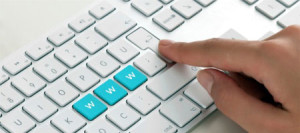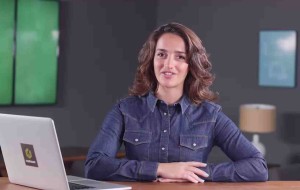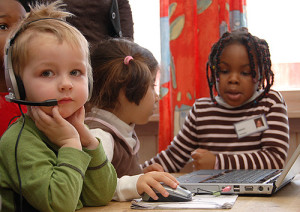Treehouse: Digital Literacy
Knowledge is power. This is an idiom which has always been true. These days, however, with so much knowledge right at our fingertips, it is especially true. Simply put, being literate is having the knowledge and skill of reading and writing. In days of yore and times of old, literacy was used as a kind of standard, a tool which separated the learned and enlightened individuals from the masses.

The abc’s of digital literacy: WWW
Nowadays, we have the issue of digital literacy. Knowing how to read and write is still extremely important, obviously. However, in a world which is becoming more and more digital by the second, knowledge of computer principles, foundations of programming, and the internet, is key.
Treehouse online platform offers a digital literacy category consisting of three courses and a single workshop. There is also a learning track which incorporates introductory courses on computers and the internet with various language tutorials. Digital literacy is all about asking “How?”. How does a computer work? How does the internet work? What is the World Wide Web? What are computer languages, and how do programmers use them? The digital literacy learning track is very much a hands-on educational experience, and it includes work on a personal web page, a sound board application with picture buttons, and a future-telling game.
The three courses in the digital literacy category are: Computer Basics, How the Internet Works, and How the Web Works. Three of them are taught by Joy Kesten, a Treehouse guest teacher.
Course Review: Computer Basics
The title pretty much gives it all away. This is a straightforward intro. A course that aims to give an inside view of how computers work. Upon completion of this course, student will have a firm grasp of what computers are, and of the different ways through which we can communicate with them.

Instructor Joy Kesten
The topics covered in this course are:
- Data and Memory
- Binary
- Software
- Hardware
- Common Computer Languages
- Programming paradigms
This is a relatively short course, and it runs less than an hour in length. There are two modules, and they include lectures, some coding challenges, and assessment quizzes.
Course Review: How the Internet Works
In this course, students will learn how the Internet works. This is done by first exploring hardware such as routers, switches, and servers, and diving into the basics of TCP/IP protocols, which define the movement of information between computers, servers, and digital machinery.

The Internet
The topics covered in this course are:
- History of the Internet
- Clients and Servers
- TCP/IP
- Routers and Switches
- Connecting to the Internet
Another very short course, with only 1 module to its name, running 35 minutes in length. There are several quizzes along the way, which help students assess their progress as they learn.
Course Review: How the Web Works
Another single-module and straightforward introductory course. This one is all about the Web. The differences between the internet and the World Wide Web are negligible to some, but they mean a lot. This course discusses the different aspects of the Web, in an effort to understand how it works. Whether students want to be web developers, or simply better informed users, this course is definitely one worth looking in to.

There’s always something new to learn
The topics covered in this course are:
- How the Web Works
- URLs
- Domain Names
- IP addresses
- The Domain Name System
- HTTP and HTTPS
Yet another very short course, clocking in at 35 minutes. The single module includes lectures and assessment quizzes.
About the Instructor: Joy Kesten
Kesten is a Treehouse guest teacher, specializing in HTML, CSS, JavaScript, and digital literacy. She is a middle and elementary school teacher, who has taught in L.A. and San Francisco. When she’s not coding or teaching, you can usually find her surfing, hiking, or sailing around the Bay Area.
The more you know, the more you expose yourself to the inner-workings of the digital world that is all around us – the more you will able to impact that world, and make the most of it. It is a kind of irony, that on the one hand there is so much information out there. Computers and the Internet are used by billions of individuals, yet not many of them are aware of just how it all comes together to make up the amazing digital universe that resides in the pocket of any random smartphone user.
These days, being digitally literate is almost as important as traditional literacy was for thousands of years. Nothing will ever replace the pen and pad, no matter how digital we all get. Nothing will replace a good old-fashioned book, no matter how many eReaders are created.
So, while sticking to the older ways is just fine, getting on board with the digital way of doing things is always a plus. And the first step in becoming digitally literate is by understanding what computers are, what the internet is, and how we can use these amazing tools to our advantage.
No comments yet.